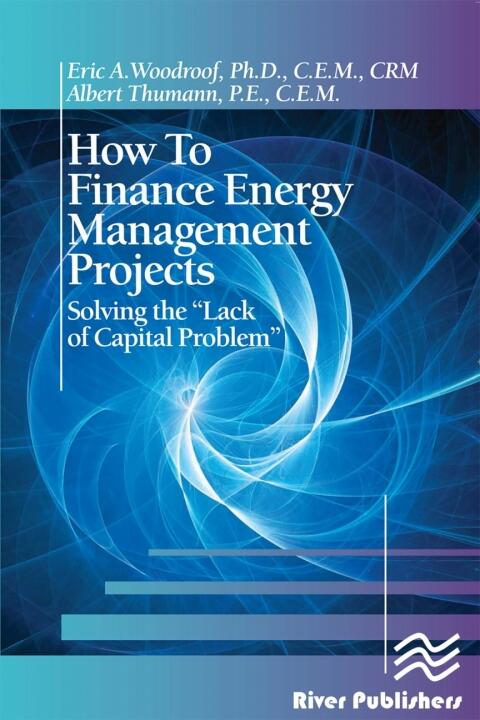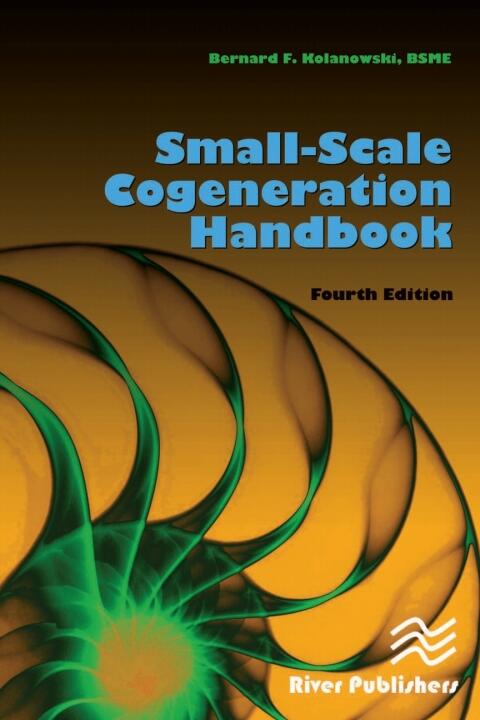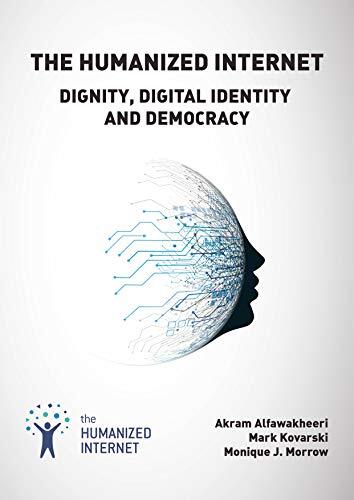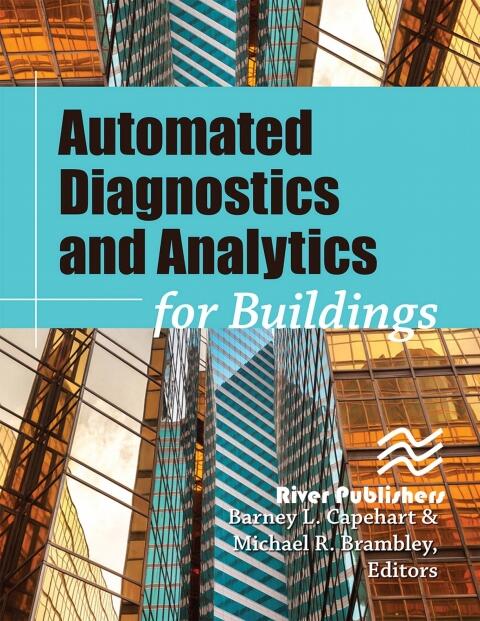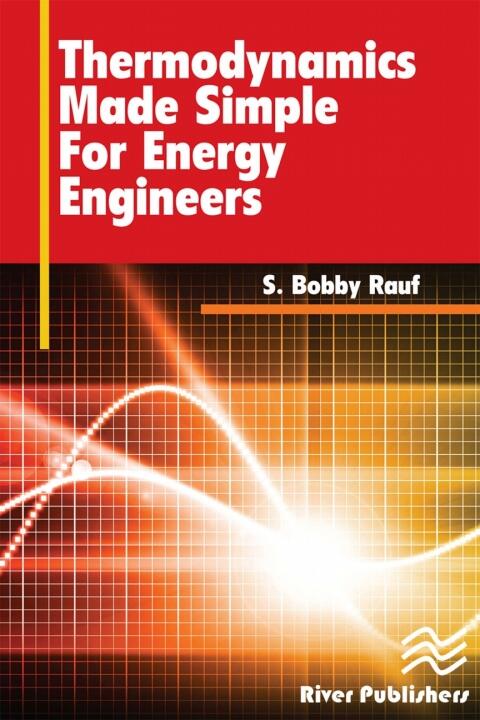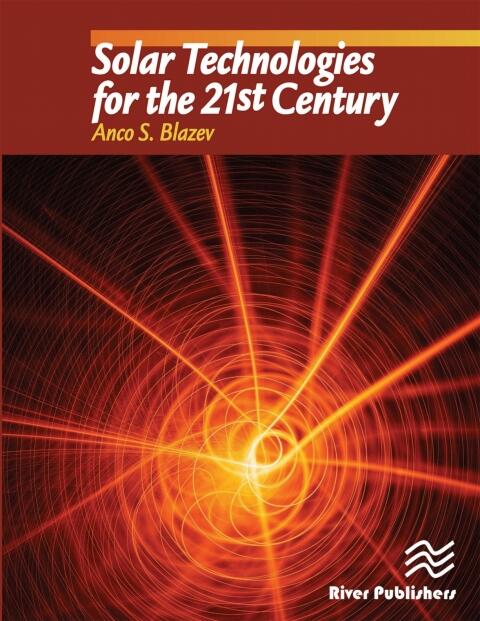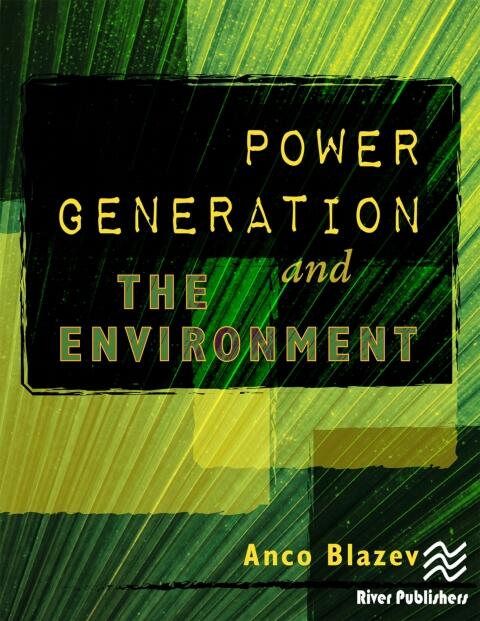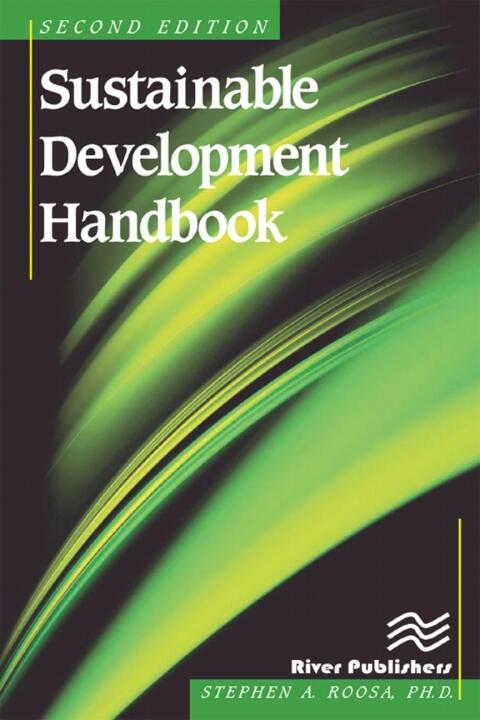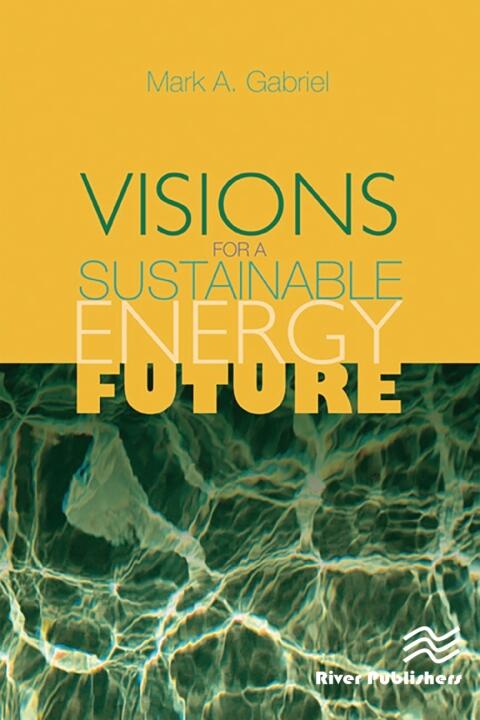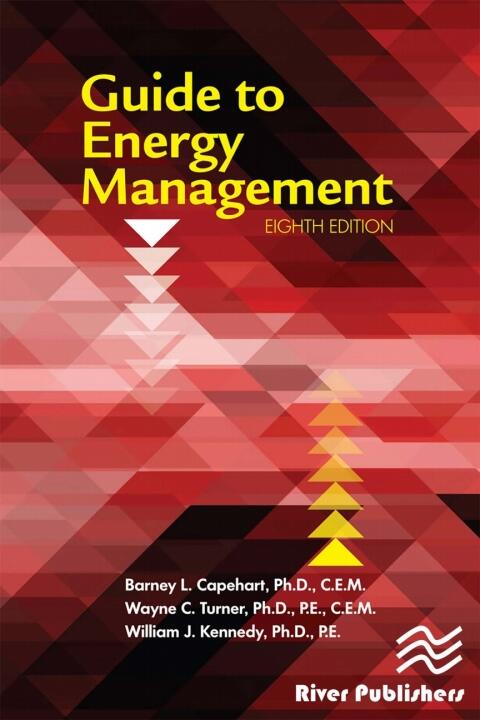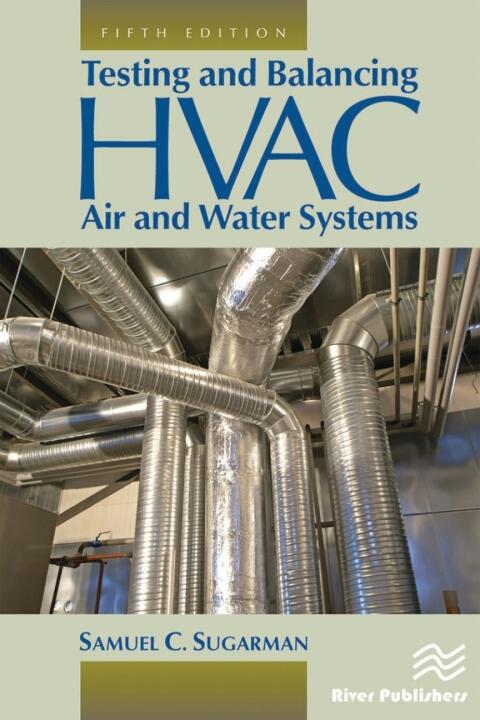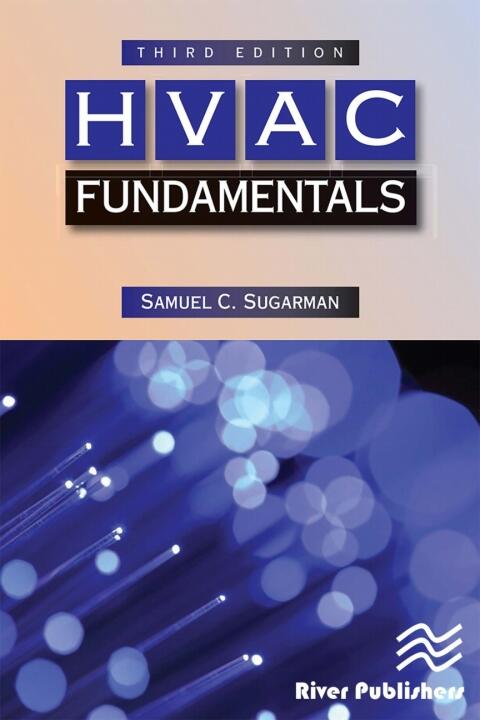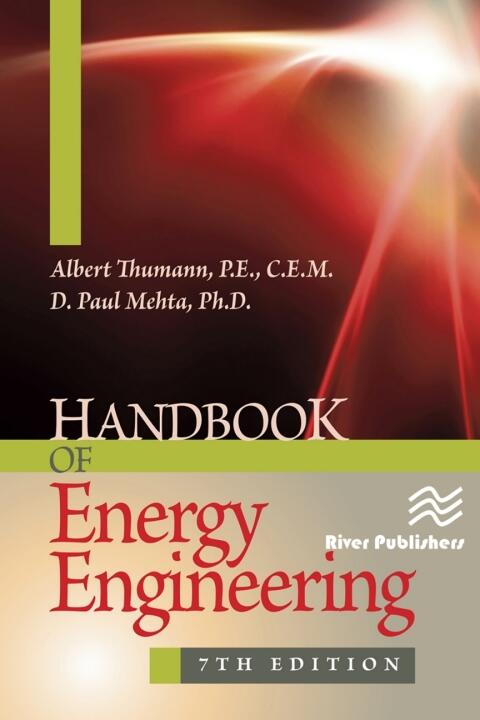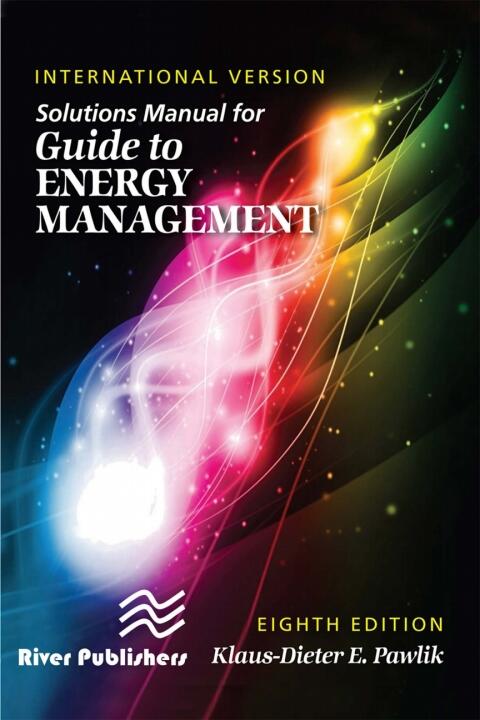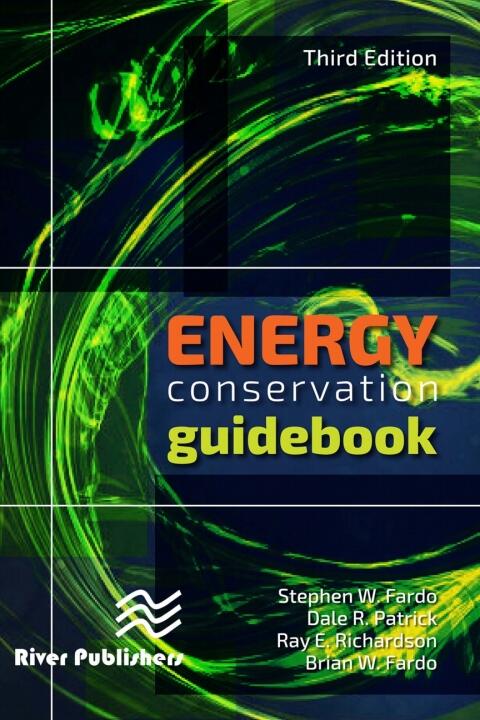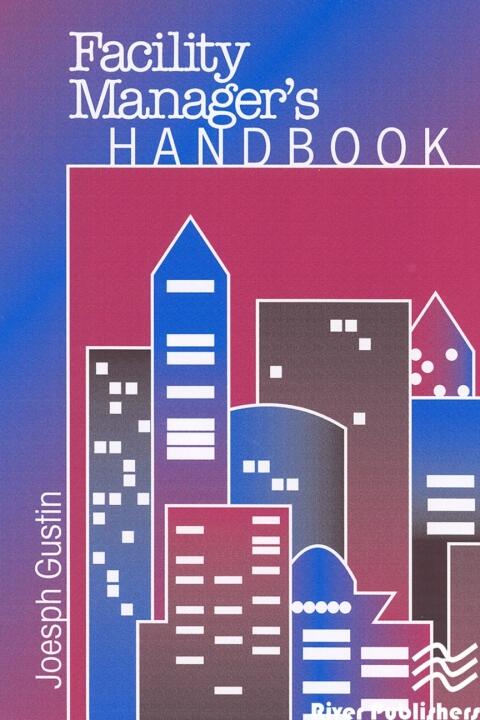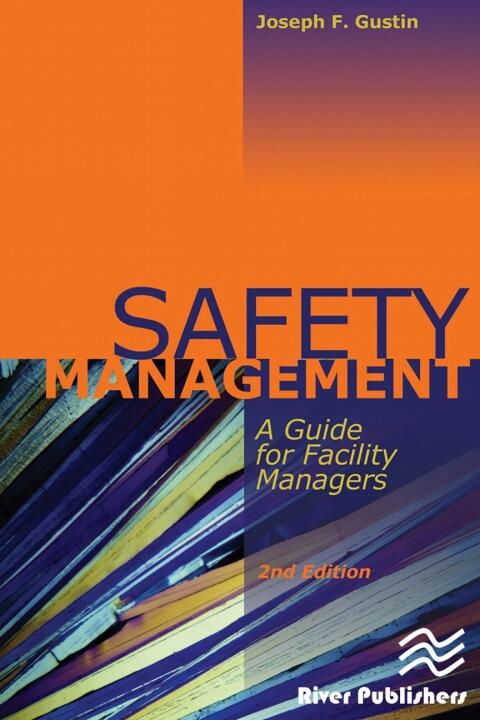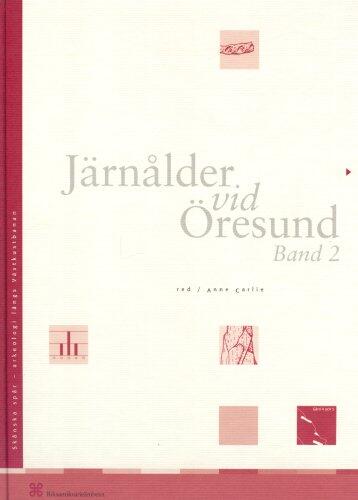
Järnåldersbönder vid Öresund Band 2: Metod- och materialstudier
بواسطة
A. Carlie
لا توجد تقييمات بعد
Science & Technology
تنسيق
غلاف صلب
صفحات
500
لغة
دانماركي
منشور
Feb 28, 2006
الناشر
Riksantikvarieämbetet
رقم ISBN-10
9172094028
رقم ISBN-13
9789172094024
الوصف
This publication delves into the rich archaeological history of Iron Age farmers along the Øresund, offering a comprehensive examination of methodologies and materials used in the field of archaeology. The author, A. Carlie, meticulously analyzes the findings from excavations and surveys that have taken place along the West Coast Railway, unveiling the lives of those who once cultivated the land.
Based on rigorous research and fieldwork, Carlie's insights illuminate the complex relationship between these ancient communities and their environment. The book combines theoretical perspectives with practical case studies, providing readers with a deep understanding of the techniques employed to unearth and interpret artifacts from this significant historical period.
As a continuation of a broader series on Skåne’s archaeological landscape, this volume serves as an essential resource for both scholars and enthusiasts of history. It emphasizes the continuity and change in agricultural practices, shedding light on how the past informs present understandings of land use in the region.
With its detailed analyses and thought-provoking conclusions, this work stands out as a vital contribution to Danish archaeology, inviting readers to appreciate the intricate tapestry of life that shaped the Øresund area during the Iron Age.
Based on rigorous research and fieldwork, Carlie's insights illuminate the complex relationship between these ancient communities and their environment. The book combines theoretical perspectives with practical case studies, providing readers with a deep understanding of the techniques employed to unearth and interpret artifacts from this significant historical period.
As a continuation of a broader series on Skåne’s archaeological landscape, this volume serves as an essential resource for both scholars and enthusiasts of history. It emphasizes the continuity and change in agricultural practices, shedding light on how the past informs present understandings of land use in the region.
With its detailed analyses and thought-provoking conclusions, this work stands out as a vital contribution to Danish archaeology, inviting readers to appreciate the intricate tapestry of life that shaped the Øresund area during the Iron Age.
